The Eustoma grandiflorum, commonly known as the Lisianthus flower, has taken the floral industry by storm with its stunning beauty and adaptability in various arrangements. Its charming petals, vivid colors, and endurance make it an all-time favorite among both florists and flower enthusiasts. This piece will explore the world of the Lisianthus flower, from its physical attributes to its symbolic representation, cultivation, and how it brightens up gardens and bouquets alike.
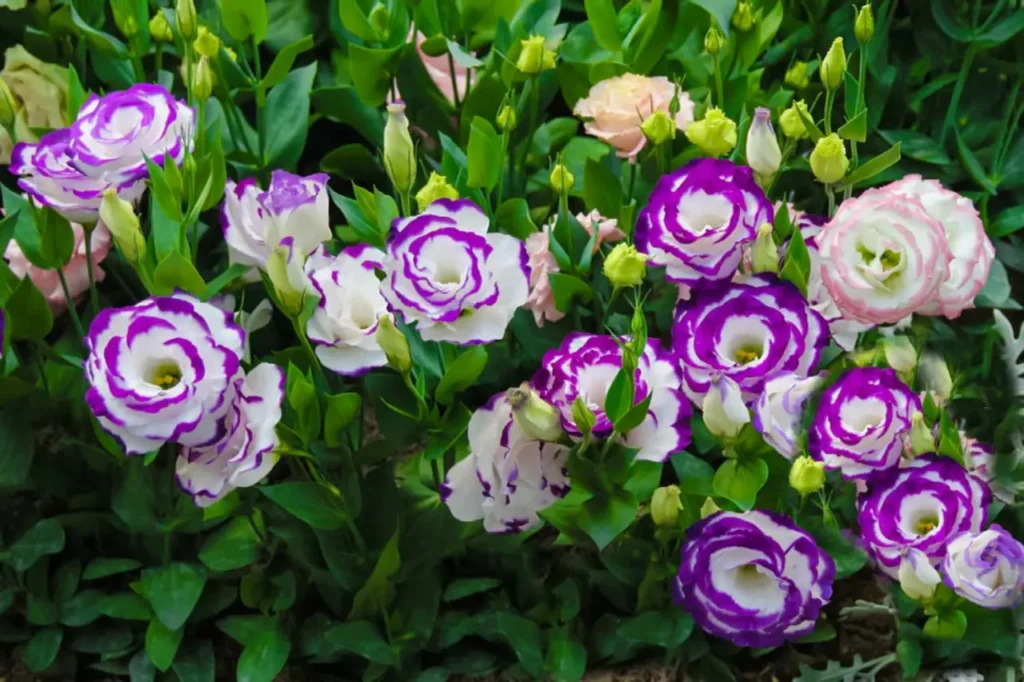
The Lisianthus flower is well-known for its elegant and charming resemblance to a rose, making it a perfect addition to any floral arrangement that desires a touch of class. Its petals are intricately designed with a ruffled delicacy that comes in various hues of pink, lavender, white, purple, and even green. Additionally, the petals have a subtle, smooth texture, which adds a luxurious appeal to the blooms. Certain types of Lisianthus flowers also exhibit variegated or picotee edges, giving them an even more intriguing appearance.
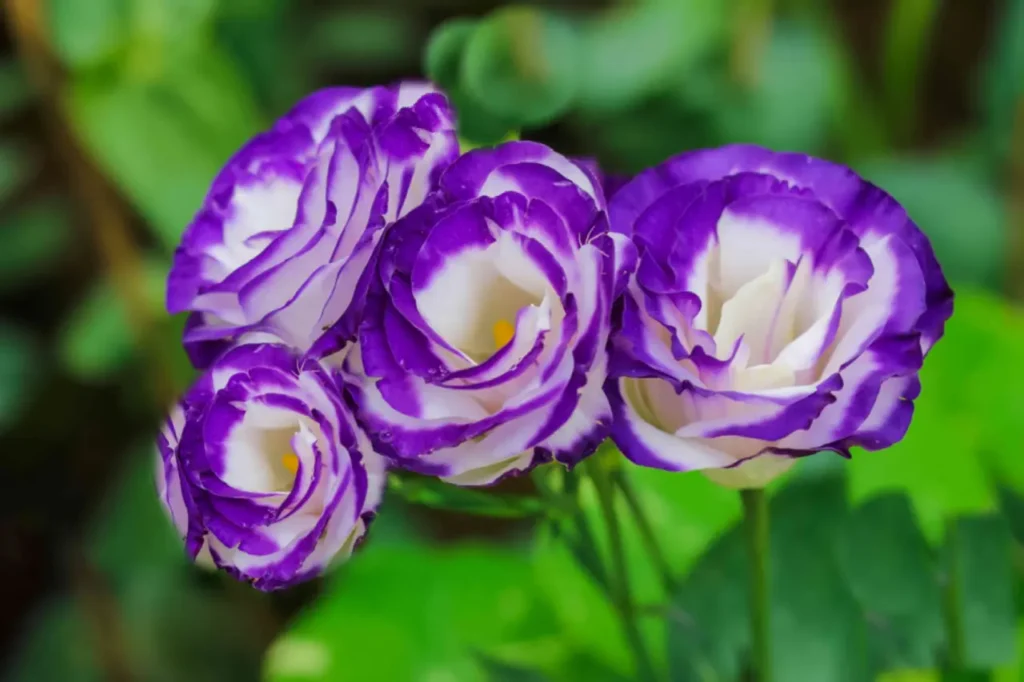
The Lisianthus flower is a beloved choice for conveying emotions through floral arrangements due to its symbolic significance and rich meaning. This delicate flower is often linked with sentiments of gratitude, appreciation, and charm, making it a popular choice for expressing these emotions. Additionally, the Lisianthus flower’s gentle and elegant nature conveys messages of romance and sophistication, making it a perfect addition to bouquets, centerpieces, or simply as single stems. Thus, the Lisianthus flower is a versatile and beautiful way to communicate feelings and add a touch of glamour to any event or occasion.
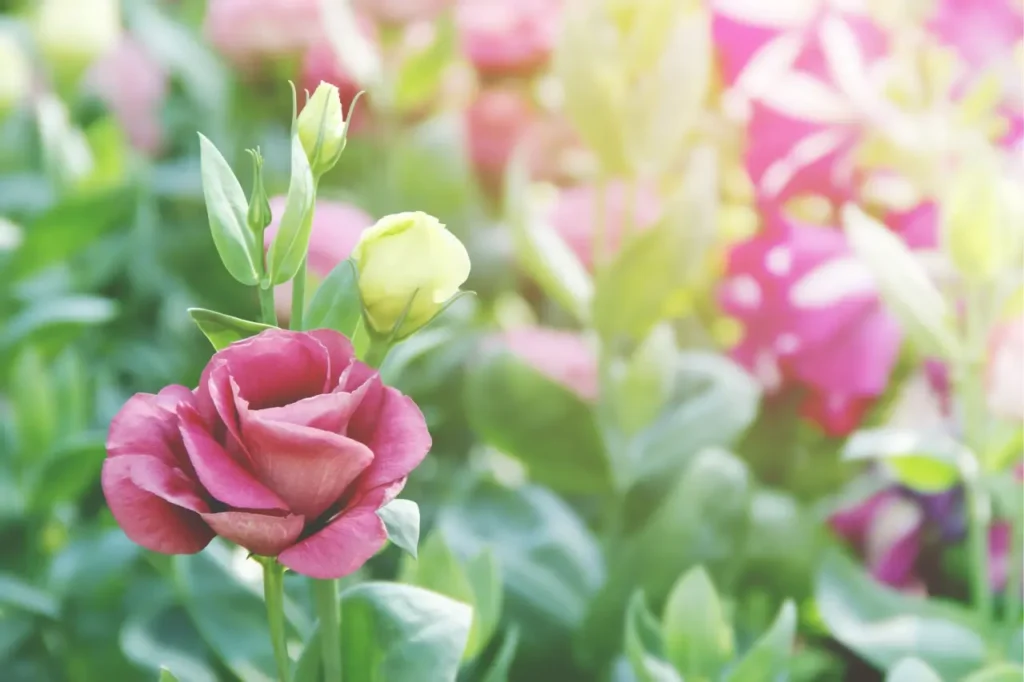
How to Grow and Take Care of Lisianthus Flowers
Lisianthus flowers are a great option for those who enjoy gardening and greenhouse cultivation. They can grow in different conditions, making them a versatile choice. Here are some essential tips to keep in mind when cultivating and caring for these beautiful flowers:
Sunlight and Temperature: For optimal growth, Lisianthus thrives in areas that receive full sun to partial shade. Moderate temperatures ranging from 60-75°F (15-24°C) are preferred, and exposure to extreme heat or cold should be avoided.
Soil Conditions: Lisianthus prefers well-draining soil with a slightly acidic to neutral pH. Adding organic matter to the soil can improve its drainage and texture.
Watering: Adequate and consistent watering is crucial to keep the soil evenly moist, while preventing waterlogging. Overwatering should be avoided as it can lead to root rot.
Fertilization: Regular fertilization with a balanced flower fertilizer can promote healthy growth and abundant blooms. Follow the instructions on the fertilizer packaging for the correct dosage and frequency.
Pruning and Deadheading: Removing spent flowers and pruning leggy stems can encourage new growth and prolong the blooming period of Lisianthus plants.
By following these simple tips, you can ensure your Lisianthus flowers thrive and bloom beautifully.
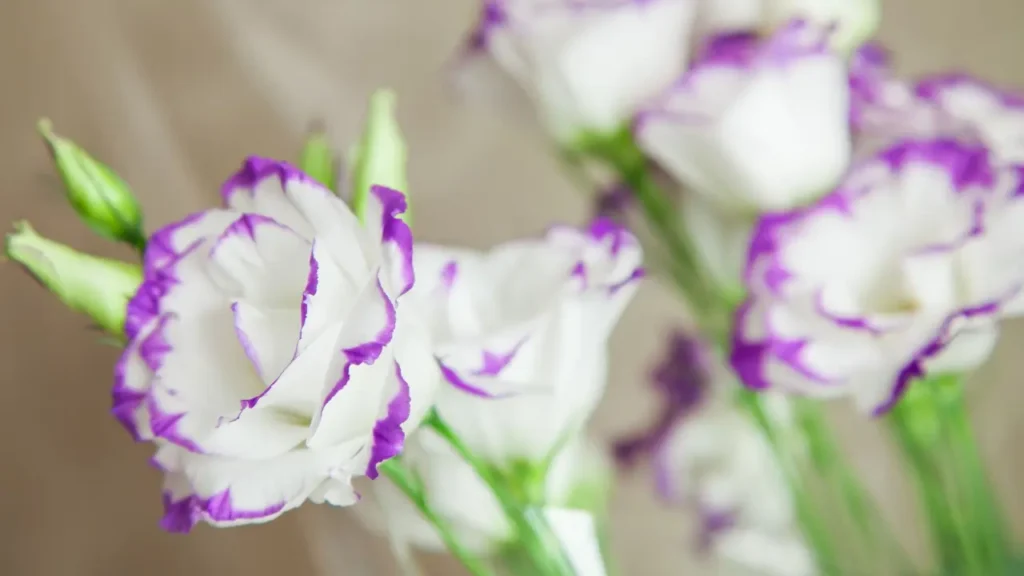
Lisianthus flowers are a popular choice for those looking to add beauty and versatility to their floral arrangements. Their delicate petals and vibrant colors make them a favorite for both standalone bouquets and mixed floral displays. One of the greatest advantages of Lisianthus flowers is their ability to retain their freshness, making them an ideal option for weddings, special events, or even everyday displays. Beyond their utility in floral arrangements, the Lisianthus plant can also be a beautiful addition to gardens, serving as border plants, container plants, or as part of mixed flower beds that bring charm and elegance to any outdoor space.
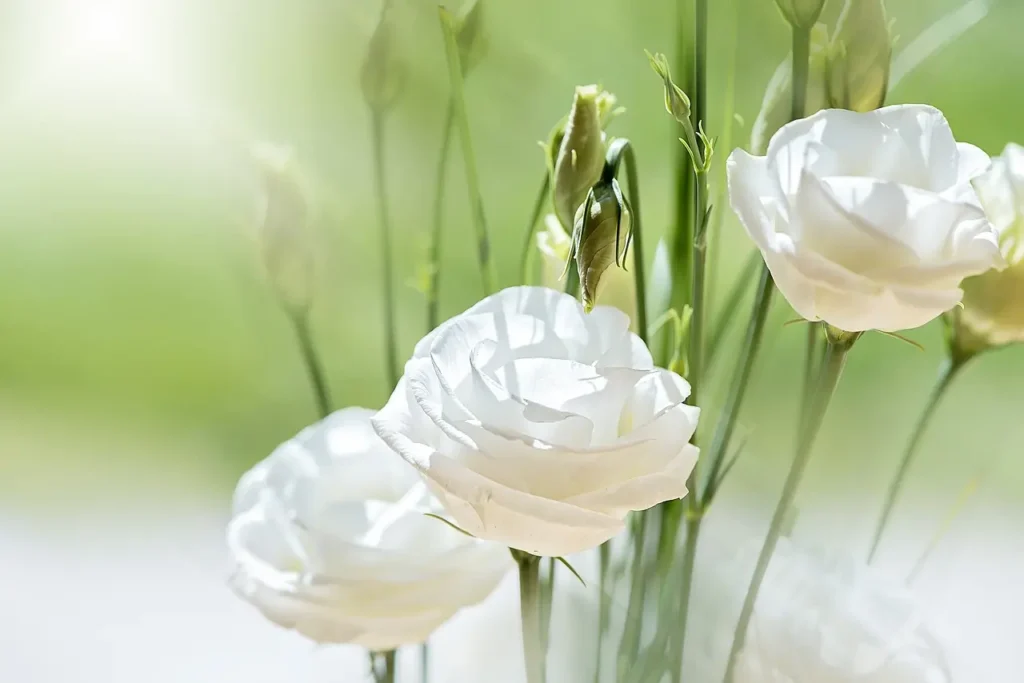
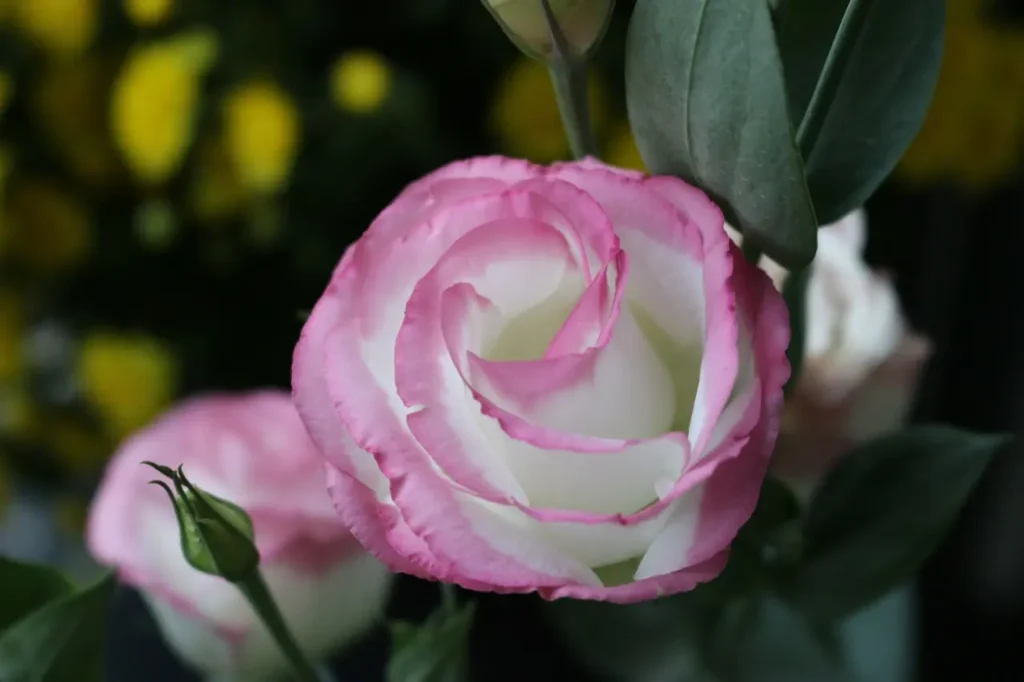
The Lisianthus plant is known for its exquisite beauty and charm, displaying a similar appearance to roses with its vivid hues that captivate flower lovers all over the globe. With its multiple uses and ability to last for extended periods, this flower is a preferred option when expressing emotions of gratitude, love, and aesthetics. By planting Lisianthus in our gardens and using them in our floral arrangements, we can embrace the elegance and grace that these flowers exude, enhancing our environment with their magical aura.
